Several aviation regulators want ICAO to add turbulence as a category in its 2026 Global Aviation Safety Plan to help reduce injuries.
Turbulence rarely causes deaths, but it certainly can do so, as we saw earlier this year with Singapore Airlines flight SQ-321. This accident happened in May this year, causing injuries to 23 passengers and 7 crew.
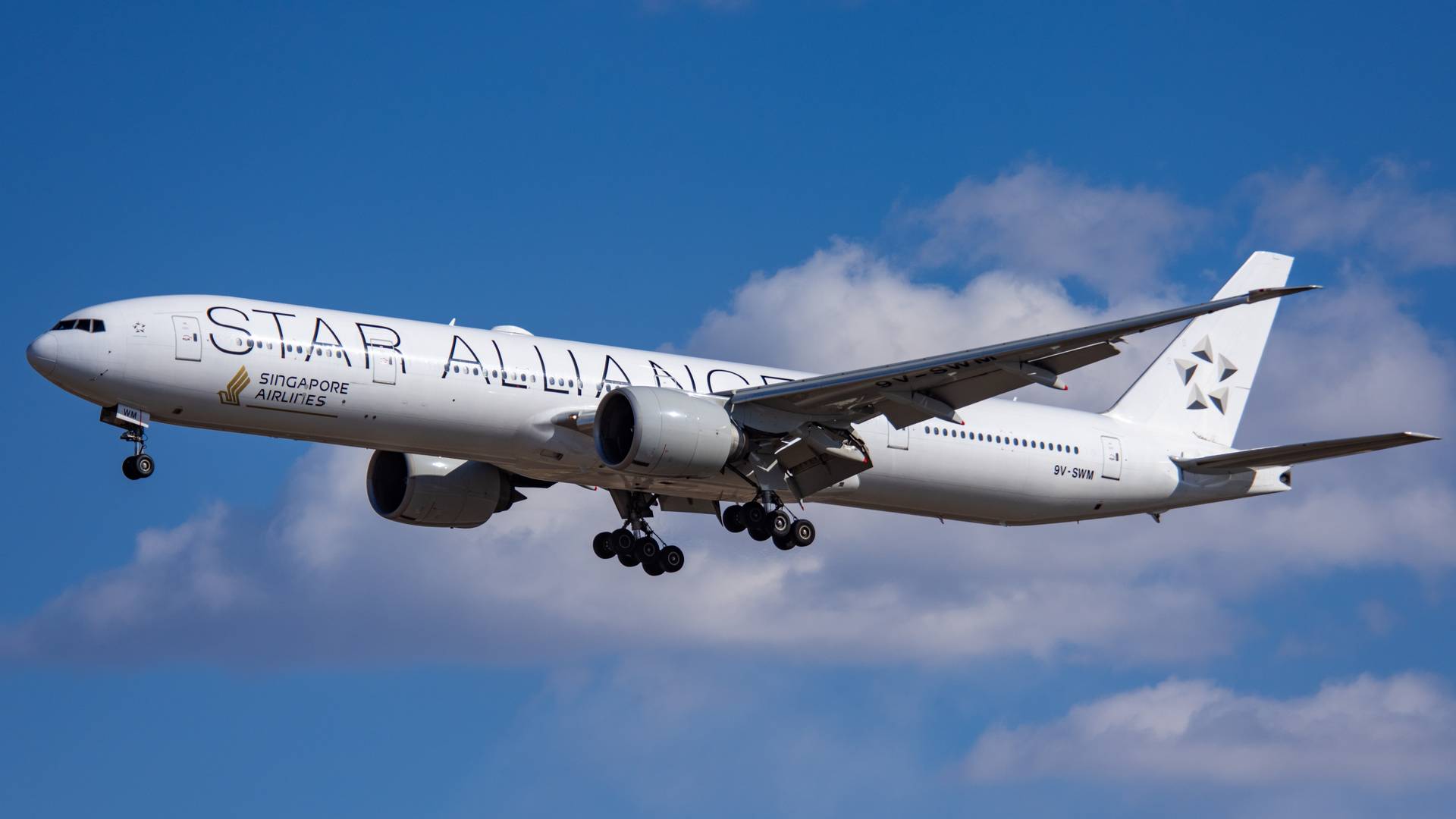
20 people required intensive care treatment, and 7 were in critical condition on arrival. The one fatality involved an individual who reportedly suffered a heart attack. The Singapore Airlines Boeing 777 was in cruise at FL370 at the time of this event.
However, turbulence events typically cause injuries, often serious. Cabin crews generally suffer the worst since they tend to be more mobile than passengers. However, clear-air turbulence can affect an aircraft with little or no warning, causing injuries to anyone not wearing a seatbelt.
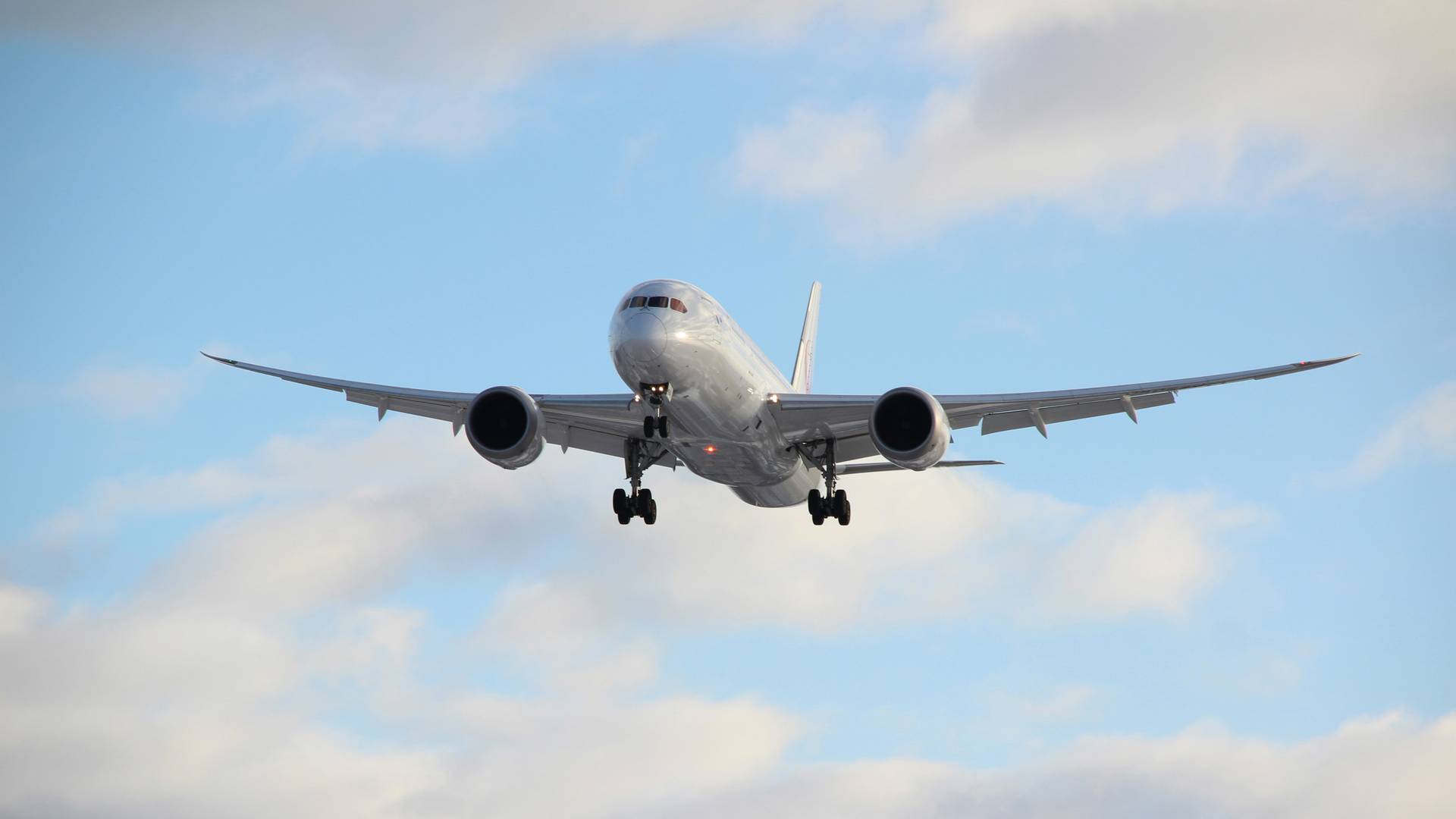
The move to add turbulence to ICAO’s 2026 Global Aviation Safety Plan comes primarily from aviation regulators in Asia. Several airlines have also introduced new policies after the Singapore accident flight to help reduce injuries from turbulence.
Reducing Injuries From Turbulence – More Information, Better Technology, or Legislation?
These moves primarily involve informing passengers of the danger. One piece of advice that many passengers have historically ignored is wearing a seatbelt whenever seated, even during cruise. Changing this trend is a key goal, with some in the industry calling for the move to become mandatory.
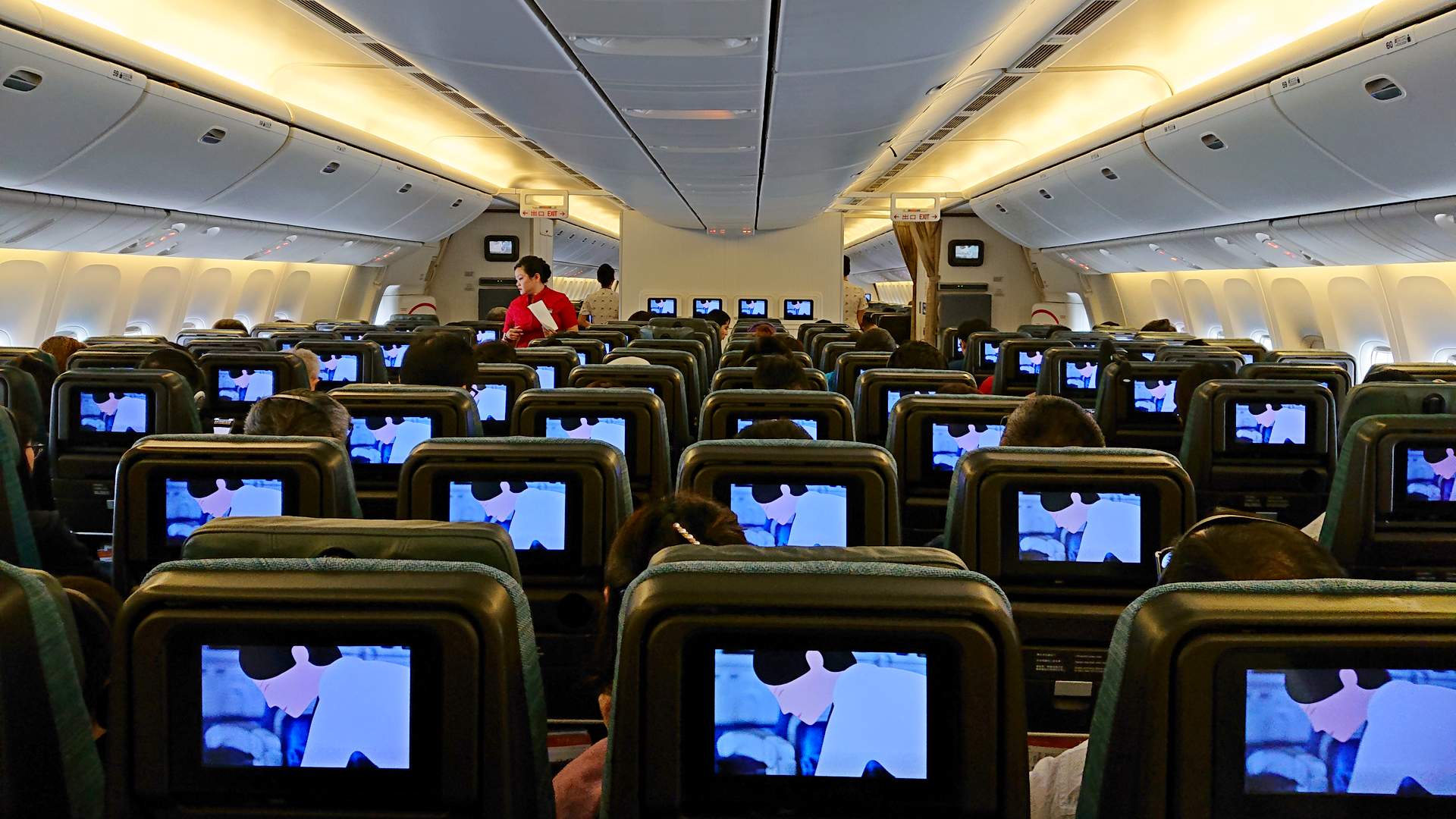
Many airlines seem to prefer not to see legislation on this matter. However, new technology and procedures could introduce better ways for pilots to learn where turbulence is likely to occur and act appropriately to avoid causing injuries.
One such method is to automate the way that Pilot Reports (PIREPs) are disseminated and given to other pilots. Some airlines already use such services, which rely on the ACARS system.
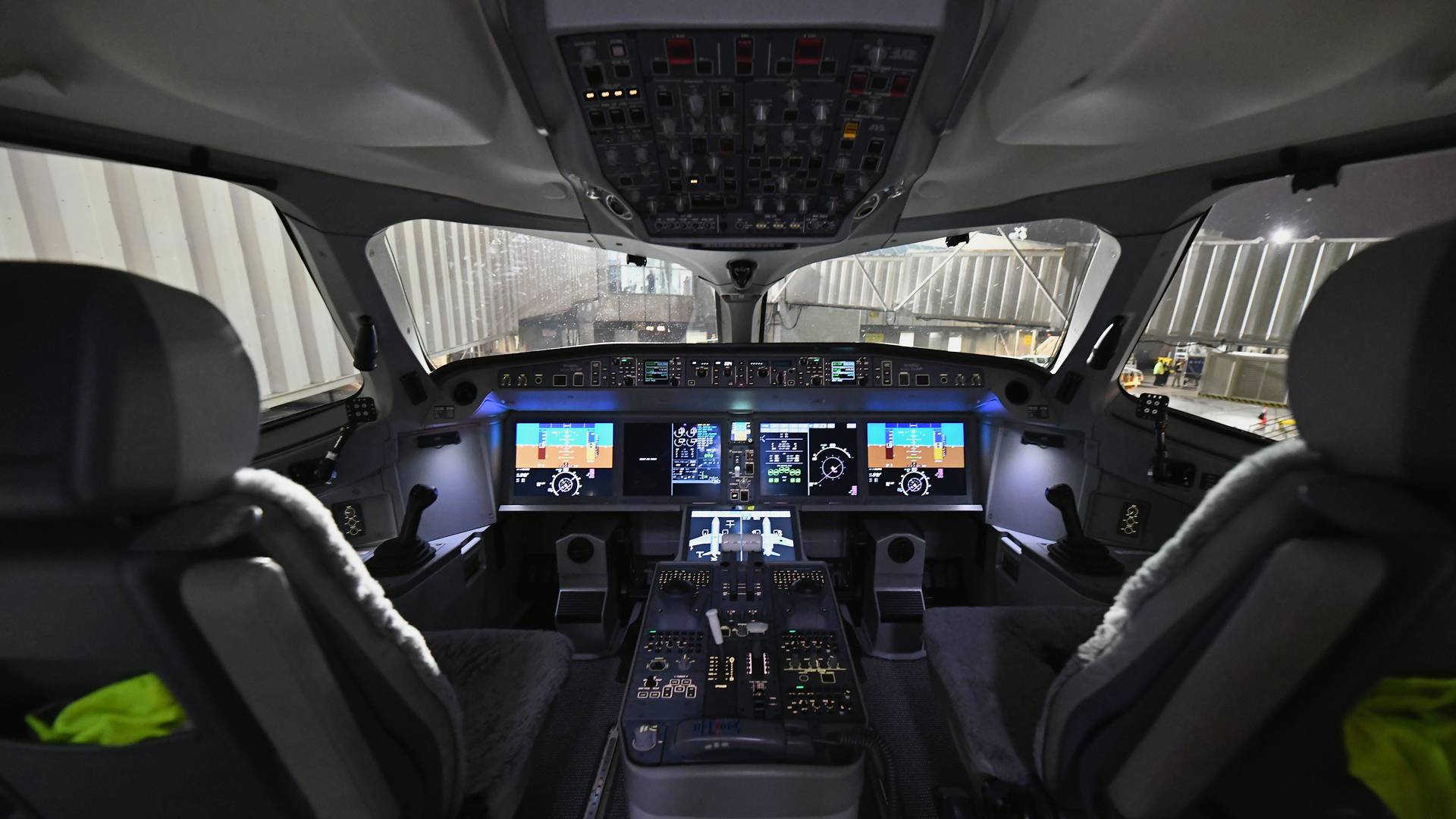
There are arguments that climate change is making turbulence events more likely. On the flip side, if pilots get information on such events with enough advance warning, they can change altitude or prepare the passenger cabin accordingly.
Separately, there are technologies that could theoretically detect clear-air turbulence directly, helping crews to reduce injuries. However, for now at least, it seems that these technologies are too costly to implement (see video at the end of the article for more).
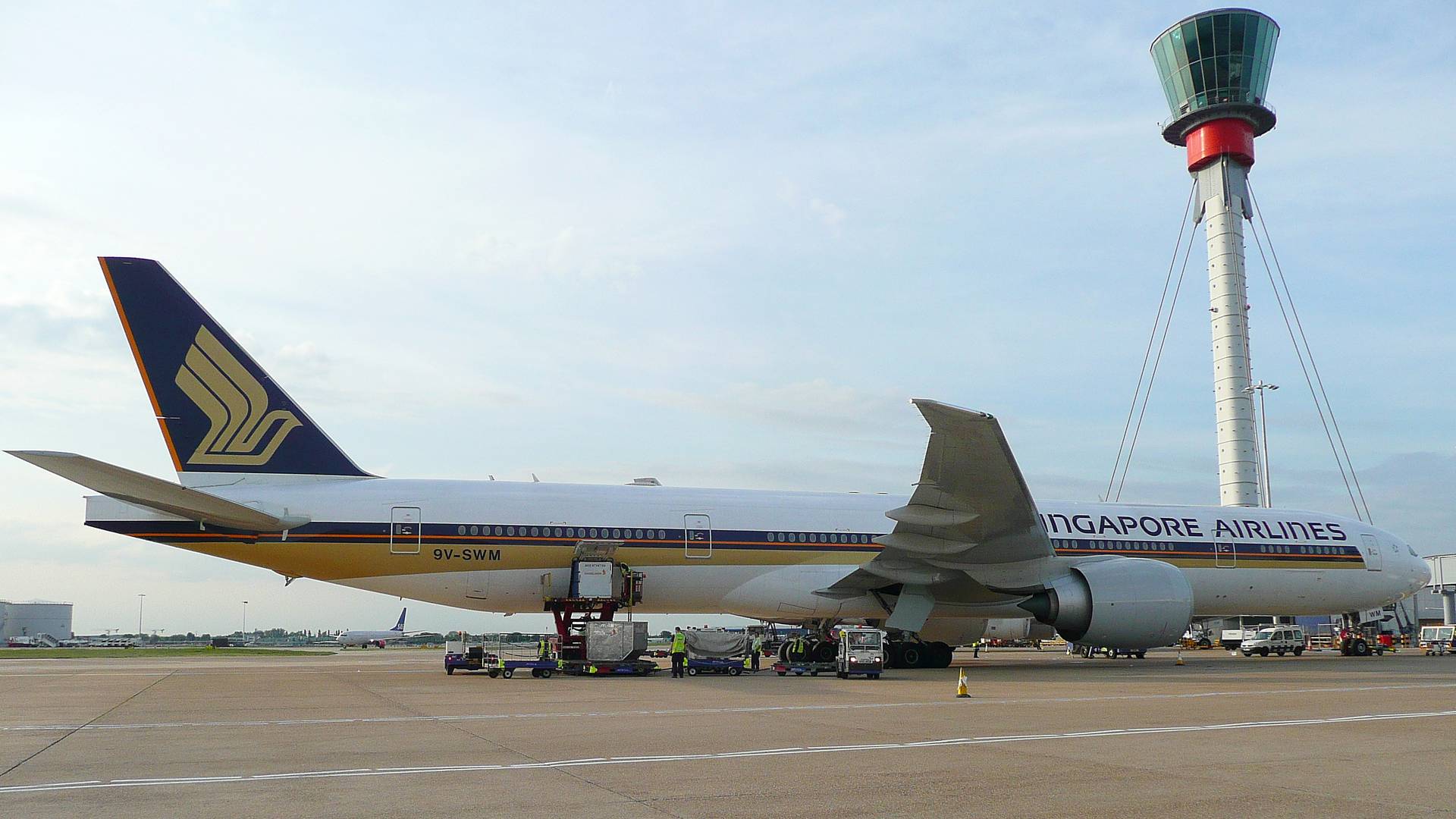
It is not clear what moves aviation authorities want ICAO to make, to help limit injuries from clear-air turbulence. ICAO has an assembly of its 193 members every three years, with the next due next year. This is where discussions on this matter will take place, according to ICAO.
For more information on clear-air turbulence and what airlines and regulators could do about it, check out the MentourNOW video below!



